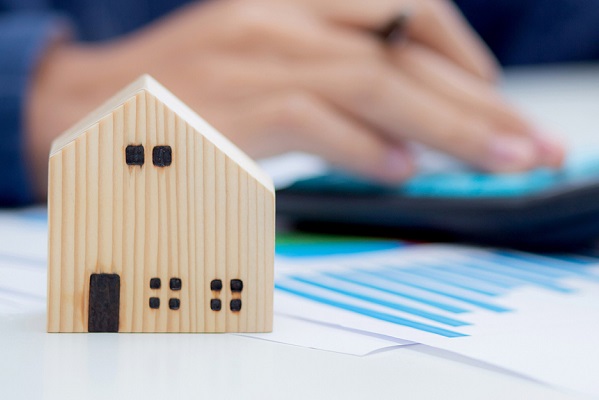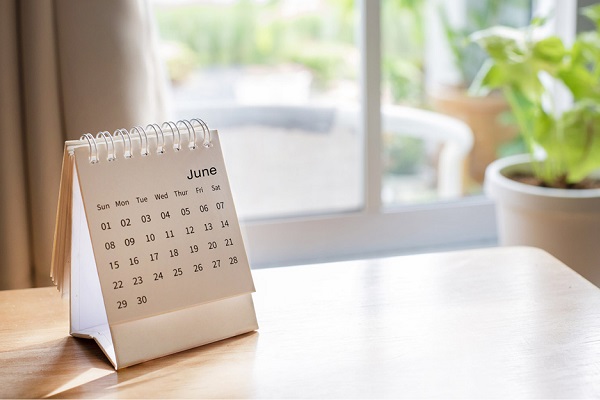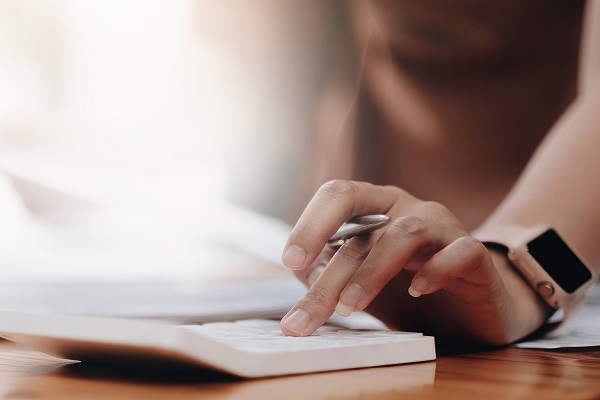Using your home as the base for your business is increasingly popular, particularly due to COVID-19, with many of Australia’s 2.1 million enterprises with four or less employees now based at home.

As a result, the ATO is busy revisiting the rules on the tax deductions you can claim for a home-based business. Your claimable expenses will depend on how you operate your business, so it’s worth checking the current rules to ensure you know what’s what.
Your business structure matters
The structure (sole trader, partnership, trust or company) you use to operate your business affects your entitlements and obligations when claiming expense deductions.
Sole traders and partnerships can claim a deduction for the costs of running their business from home. What you can deduct is governed by whether or not you have an area of your home set aside as a ‘place of business’.
Trusts and companies, however, must have a genuine market-rate rental contract or agreement in place with the property owner covering which expenses the business is responsible for paying.
Different types of expenses
For home-based sole traders and partnerships, there are two main types of claimable expense.
Running expenses are the increased costs from using your home’s facilities for your business, such as heating, cooling, cleaning, landline phone and internet, equipment and furniture depreciation, and equipment repairs.
These can be claimed if you have a separate study or desk in a lounge room, even if the area doesn’t have the character of a place of business.
You can only claim deductions for the portion of your expenses related to running your business. Any part of an expense related to personal use cannot be claimed.
You may also be able to claim motor vehicle expenses between your home and other locations if the travel is for business purposes.
Claiming your business costs
When you calculate your running costs, you can choose the actual cost, fixed rate or temporary shortcut method. Each one is acceptable provided it’s reasonable for your circumstances, excludes your private living costs and there are appropriate records for your calculations.
With the actual cost method you use the real cost of the expense, while the fixed rate uses a set cost of 52 cents for each hour you operate your business. This covers heating, cooling, lighting, cleaning and depreciation. Other expenses need to be worked out separately.
The temporary shortcut method (available until 30 June 2022), is an 80 cents per hour rate covering all your expenses.
Occupancy expenses can’t always be claimed
Your business can claim occupancy expenses (such as mortgage interest, council rates, and home and contents insurance) if the area in your house set aside for your business has the character of a place of business (even if most of your business is conducted online).
Indicators of a place of business include identification (such as an external sign) it’s a place of business, the area is not easily adaptable for domestic use and is almost exclusively used for your business, or you receive regular client visits.
If you are eligible to claim occupancy expenses, they must be apportioned based on the share of the year your home is used for business and the portion of the floor plan.
Recordkeeping is essential
The ATO expects you to keep records for at least five years to show your business actually incurred the claimed expenses.
You must be able to substantiate your claims with written evidence or receipts for all running costs. If you claim occupancy expenses, you need to substantiate your mortgage interest, insurance, council rates and rental agreement with the homeowner.
The ATO also requires you to demonstrate how you calculated your expense claims and separated them into business and private use.
Capital gains implications
A word of warning though. If you claim deductions for the cost of using your home as your main place of business, there may be capital gains tax (CGT) implications when you sell.
If you claim occupancy expenses, the usual main residence exemption may not apply to the proportion of your home and the periods you used it for your business.
If you have recently started working from home or plan to do so, contact us so we can help you work out the best method of claiming deductions for your home-based business.
Did you enjoy this article?
Click below to share it
More News Articles
Subscribe to Our Mailing List & Connect Through our Socials
While you may have come to us from a variety of sources, the time has never been better to join us.
Subscribe to our mailing list and connect through out socials to keep up to date with our latest news and get some tips.










